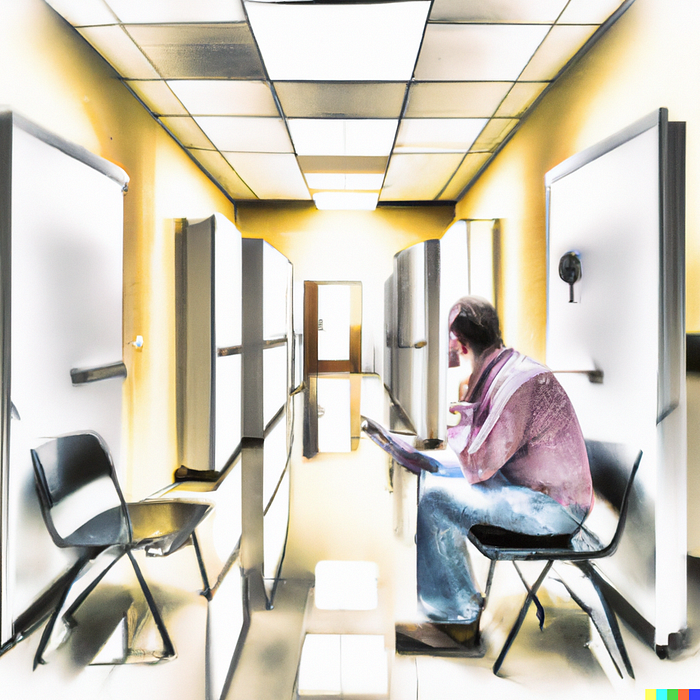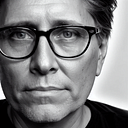
Should Patient-Centricity Yield to Techno-Centricity?
Maybe it’s time we stop forcing a square technology peg into a round clinical hole.
Technology has undeniably permeated almost every aspect of our lives. We rely on technology for just about everything — from entertainment to managing a business. And in healthcare, technology is becoming fundamentally indispensable in many aspects of care.
One of the challenges of technology adoption in medicine is that technology often moves faster than healthcare can adapt. In other words, technology can force a square peg into a round hole.
There are many reasons for this disconnect between technology and healthcare. One is that healthcare is a highly regulated industry, which can make it difficult to keep up with the latest innovations. Additionally, the way care is delivered in the U.S. — with a fragmented, fee-for-service system — means that there are often financial disincentives to adoption of new technology.
However, it’s important to remember that technology is not the enemy. In many cases, technology can be used to improve care and make it more efficient. The key is to find ways to use technology in a way that is complementary to the existing healthcare system, rather than trying to force it into a system that is not designed for it. And we’re back to the square peg and round hole again.
But maybe there’s another way — a more radical way — to look at the diffusion of innovation into the complex medical system. And maybe we should consider the process from the perspective of technology and try to stop holding the medical hierarchy as immutable and sacrosanct. After all, many clinicians are quick to point out that the system is broken. And badly broken at that. Yet we seem to rearrange the deck chairs on this inertia-bound behemoth expecting to find the a new outcomes when it seems like the catastrophe is at hand.
Despite the looming disaster, it’s clear that technology is here to stay in healthcare. In order to ensure that technology is used in a way that benefits both patients and healthcare providers, it’s important to carefully consider how technology can best be integrated into existing healthcare systems. But there seems to be the big rub, or square peg. Injecting technology into the muscle of healthcare can be painful. And when an injection doesn’t work, other routes of entry are often tried and that’s not much more pleasant.
The radical transformation of medicine may have to do less with the technological innovations themselves, but with the destruction of the clinical temple itself. (OK, maybe starting with a few bricks.)
Back in the day, it was all about integrated care. What followed was patient-centricity. And that echoes loudly in the hospital halls and pharma conference rooms today. And sometimes the sound is even defining. But what happens if the next? The next path forward might be a technology-centric perspective that allows us to change the very shape of medicine to accommodate the advantages that technology offer in clinical practice. At some point, and that’s sooner than later, we will need to contend with the fact that the “smartest person in the room” is no longer the physician. It’s the technology, and perhaps best defined by the emerging role of AI and ChatGPT. The diffusion of clinical innovation may necessitate that that we recognize that the square peg (and many of them) needs to find a square hole.
Healthcare is a system that, by its very nature, resists change. The technology that is being forced into the healthcare system is not always welcomed with open arms. Providers and patients alike are often hesitant to adopt technology for a variety of reasons, including fears about privacy and security, the cost of adoption, and a general reluctance to change the way things have always been done. And that’s the fundamental truth in medicine. Things are changing, and changing very quickly. Clinging to the past and forcing the future into your current world view isn’t an optimal solution. And remember, this won’t hurt a bit!
